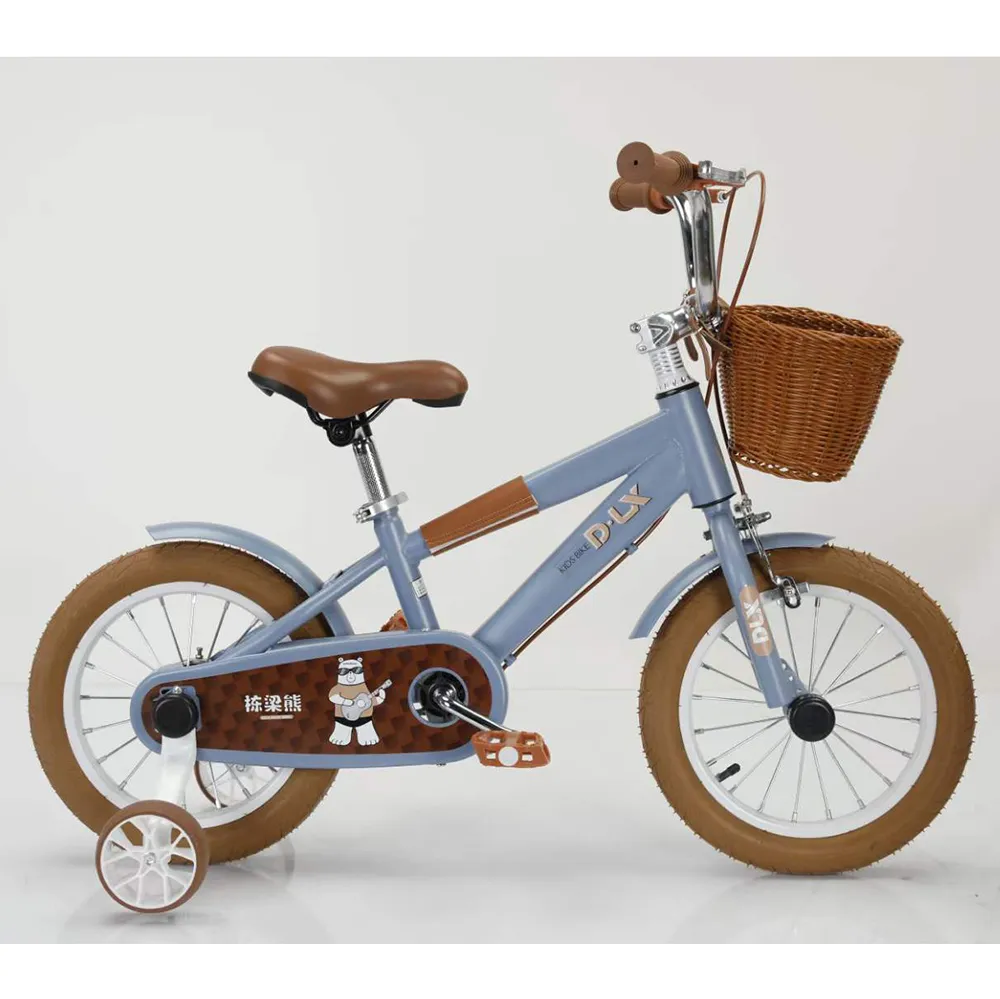Exploring the Benefits of Dual Suspension Mountain Bikes for Enhanced Trail Performance
Understanding Dual Suspension Mountain Bicycles (MTBs)
Mountain biking has surged in popularity over the years, drawing outdoor enthusiasts into trails, mountains, and rugged terrains. A key innovation that has significantly contributed to enhancing this experience is the dual suspension mountain bicycle (MTB). In this article, we will explore what a dual suspension MTB is, its advantages, the technology behind it, and considerations for choosing the right bike.
What is a Dual Suspension MTB?
A dual suspension MTB, also known as a full suspension mountain bike, features both front and rear suspension systems. This design sets it apart from hardtail mountain bikes, which only have a suspension fork at the front. The dual suspension system comprises two sets of shocks the front fork absorbs impacts from obstacles like rocks or roots, while the rear shock offers additional cushioning for the back end of the bike. This comprehensive approach to suspension maximizes comfort and control, making it ideal for varied terrains.
Advantages of Dual Suspension MTBs
1. Increased Comfort One of the primary benefits of a dual suspension MTB is the improved ride quality. The combined suspension systems effectively absorb shocks and bumps, reducing rider fatigue on long rides. This feature is particularly advantageous on technical trails where rock gardens, drops, and rough terrain are common.
2. Enhanced Control With a dual suspension setup, riders experience better traction and stability. The rear suspension allows for better wheel contact with the ground, ensuring maximum grip during climbs and descents. This control boosts confidence, especially when navigating downhill or technical sections of trails.
3. Improved Performance Dual suspension bikes often excel in downhill performance, making them a favorite among aggressive riders and downhill enthusiasts. The ability to maintain speed while soaking up the terrain leads to a more dynamic riding experience, allowing bikers to tackle challenging trails with ease.
4. Versatility Dual suspension MTBs are known for their versatility, making them suitable for various mountain biking disciplines, including cross-country, trail riding, and enduro. The adaptable nature of these bikes means they can perform well in different conditions, whether flat, hilly, or rocky.
Technology Behind Dual Suspension
The effectiveness of a dual suspension MTB lies in its technology
. Key components includedual suspension mtb

- Shock Absorbers The heart of the suspension system, these hydraulic components work to compress during impacts and rebound afterward to ensure that the bike returns to its original position. There are different types of shocks, including coil and air shocks, each offering unique benefits in terms of weight, performance, and tuning capabilities.
- Linkage Systems Full suspension bikes employ various linkage designs that determine how the suspension behaves under load. Shorter links may offer more responsiveness for aggressive riding, while longer links are designed for a smoother ride, particularly on uneven terrain.
- Adjustability Many dual suspension MTBs include adjustable settings that allow riders to modify the suspension's stiffness and rebound rate according to personal preferences and trail conditions. This customization option elevates the biking experience, making it more tailored to the rider's style.
Choosing the Right Dual Suspension MTB
When selecting a dual suspension MTB, several factors should be considered
- Riding Style Are you an aggressive downhill rider, or do you prefer cross-country trails? The intended use will largely dictate the suspension's travel, frame geometry, and components you should prioritize.
- Budget Full suspension bikes can vary significantly in price. Entry-level models are available for recreational riders, while premium models with advanced technology cater to serious enthusiasts. It's crucial to weigh your budget against the features you desire.
- Weight Dual suspension bikes tend to be heavier than their hardtail counterparts. If you prefer climbing or racing, consider a lighter frame material and design.
- Fit and Size Lastly, ensuring that the bike fits you properly is critical for performance and comfort. Test ride different models to find the right size and feel.
Conclusion
In conclusion, dual suspension mountain bikes offer unparalleled levels of comfort, control, and performance on rugged terrains. With ongoing advancements in bicycle technology, these bikes continue to evolve, catering to both casual riders and serious mountain biking aficionados. Whether you're looking to conquer technical trails or enjoy a leisurely ride through nature, a dual suspension MTB could be the perfect companion on your next adventure.
-
The Perfect Baby TricycleNewsAug.11,2025
-
Ride into Fun with Bikes for KidsNewsAug.11,2025
-
Ride into Adventure with the Perfect Kids Balance BikeNewsAug.11,2025
-
Fun and Safe Riding with the Best Childrens ScootersNewsAug.11,2025
-
Find the Perfect Childrens Bike for Your Little OneNewsAug.11,2025
-
Explore the Best Baby Tricycles for Your Little OneNewsAug.11,2025
-
Three-Wheel Light-Up Scooter Benefits for KidsNewsJul.11,2025








